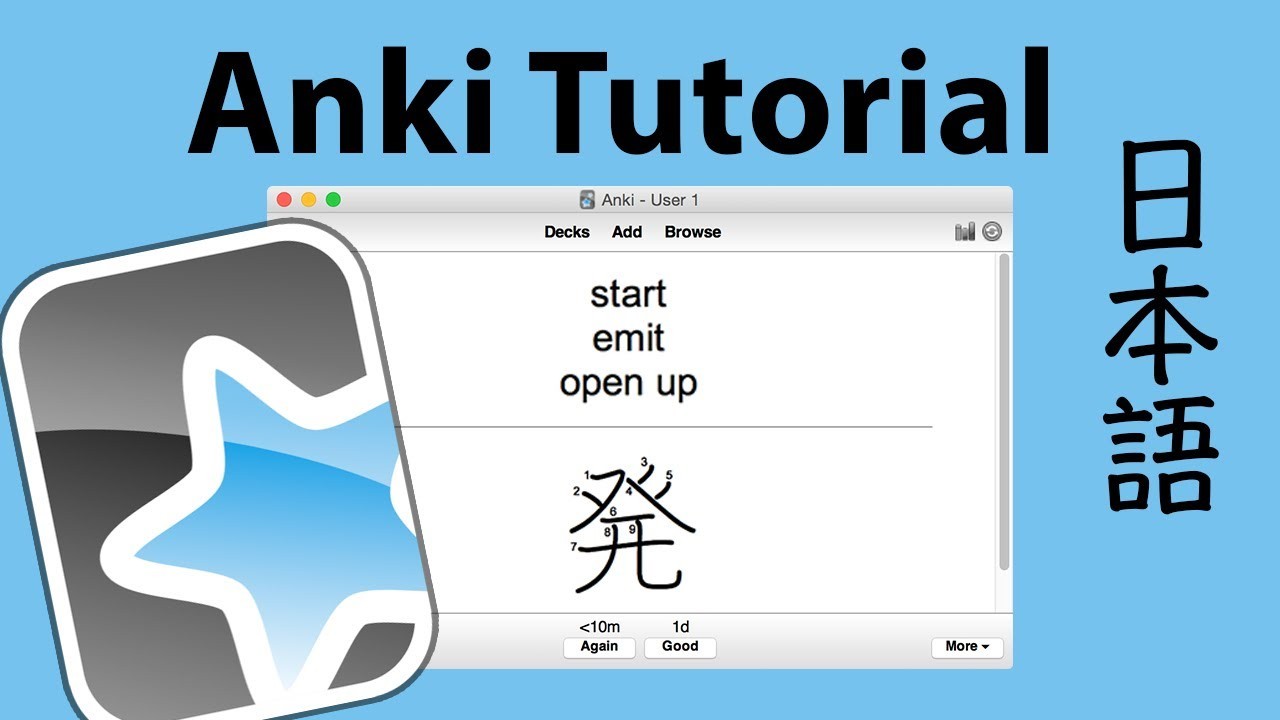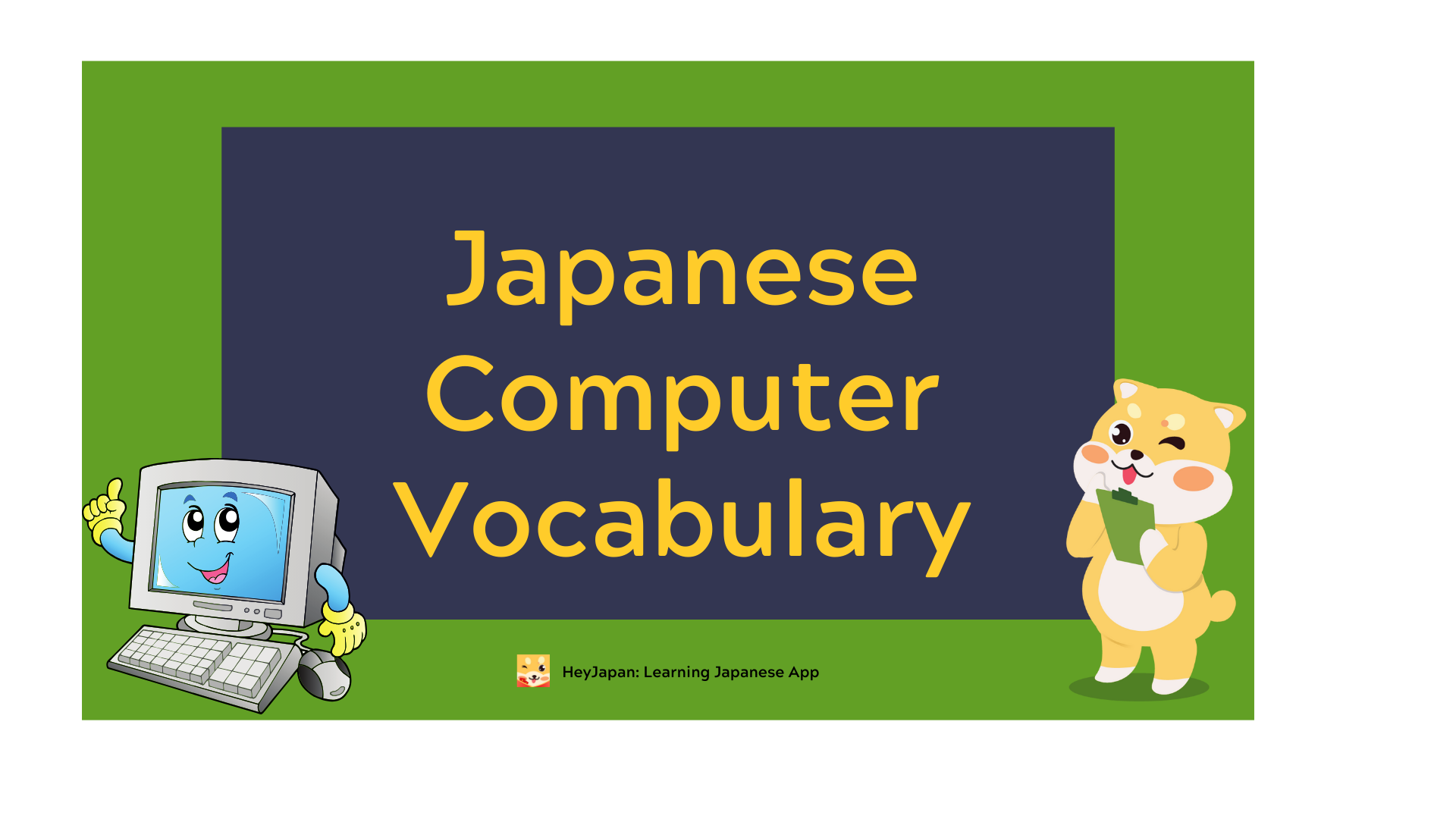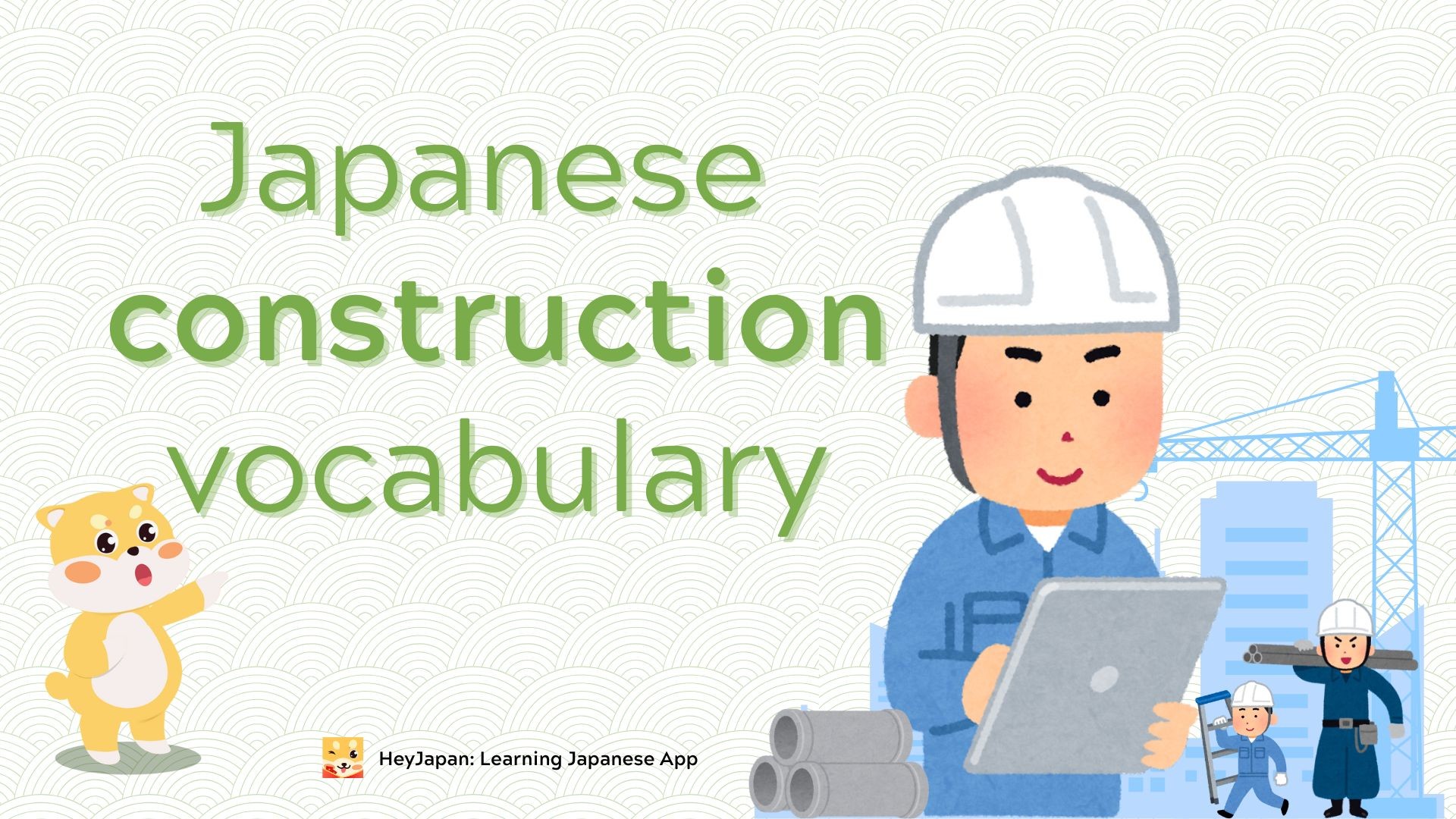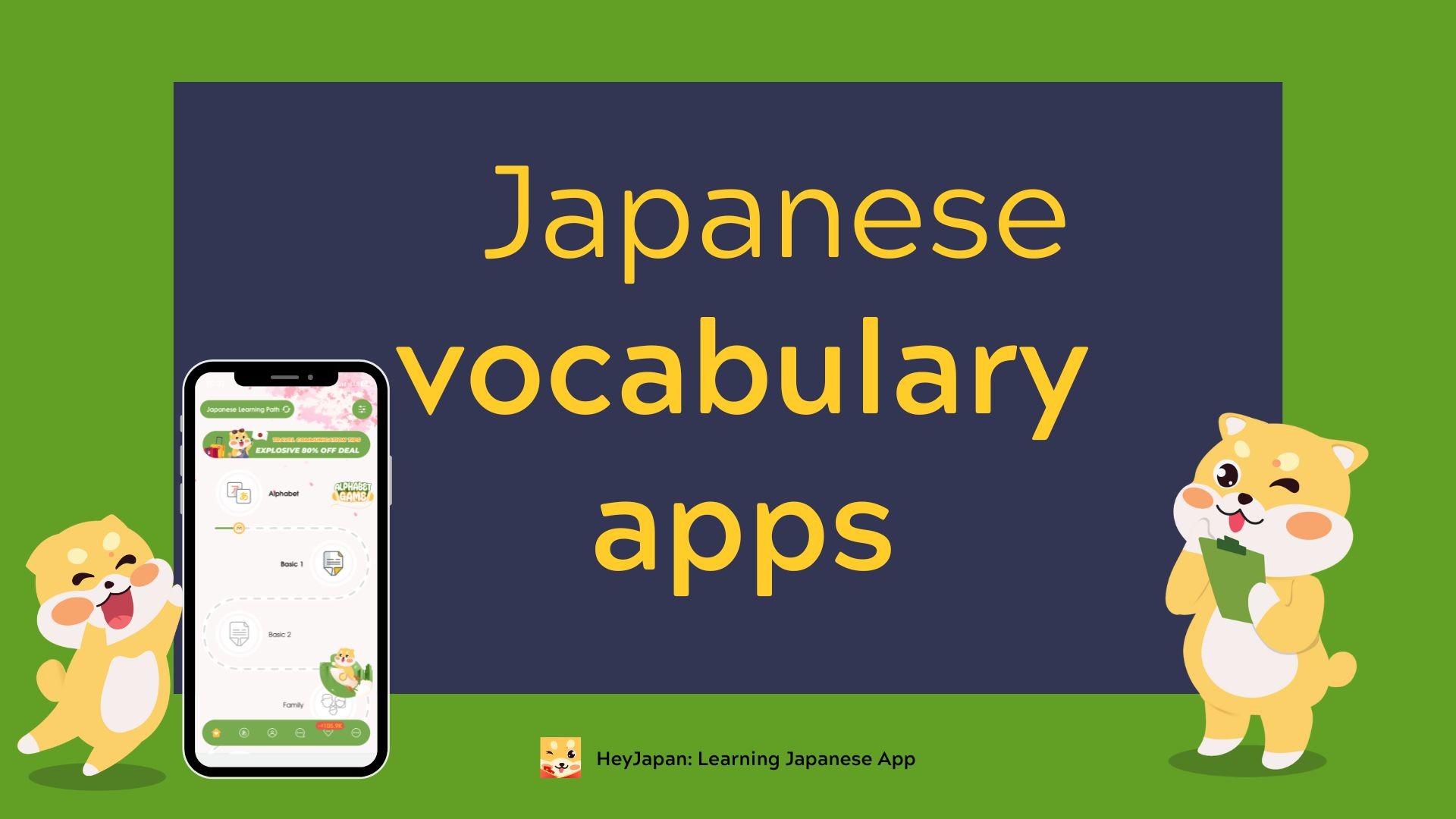- What is Anki?
- History and Development of Anki
- How Anki Works for Learning Japanese
- Benefits of Using Anki to Learn Japanese
- Cost-effective
- Highly interactive
- Synchronization across devices
- Personalized learning experience
- Drawbacks of Using Anki
- Steep learning curve
- Basic interface design
- Download the Anki app to learn Japanese
- How to Use Anki to Learn Japanese Effectively
Are you looking for an effective way to learn Japanese? Anki, a popular learning tool, could be the key to making rapid progress. In this article, we’ll guide you on how to use Anki for Japanese learning to boost your vocabulary, grammar, and reading comprehension easily and efficiently. Whether you're a beginner or have a basic foundation, Anki will be your ideal companion in mastering the language. Let’s explore how to use Anki for Japanese learning in a smart and scientific way!
What is Anki?
Anki, derived from the Japanese word "暗記" (aŋki), which means "memorization," is a flashcard-based software application that allows learners to store and review information in a highly effective way. Available for Windows, macOS, Linux, FreeBSD, as well as Android and iOS, Anki helps users remember facts more efficiently by using spaced repetition algorithms. It was created by Damien Elmes and supports various types of media such as text, images, audio, and even videos, making it a versatile tool for anyone learning a new language like Japanese.
Anki’s flashcards support LaTeX for mathematical equations and can be customized for different learning styles, making it particularly useful for learning Japanese. Its efficiency has made it the go-to tool for millions of users worldwide.

History and Development of Anki
The origins of Anki can be traced back to the late 1980s, when the SM-2 algorithm was developed by SuperMemo. This algorithm laid the foundation for Anki's spaced repetition system, designed to increase memory retention over time.
The earliest version of Anki, developed by Damien Elmes, was released on October 5, 2006. Subsequent updates include:
- Version 2.0, released on October 6, 2012.
- Version 2.1, released on August 6, 2018.
How Anki Works for Learning Japanese
Anki operates on a system called spaced repetition, which gradually increases the time intervals between reviewing flashcards as you become more proficient at recalling the information. This ensures that learners focus on the material they struggle with most, making it a highly efficient method for retaining knowledge over the long term.
Anki’s flashcards are highly customizable and can include a range of multimedia elements, including:
- Text: for vocabulary, grammar points, and kanji
- Images: for visual learners or kanji recognition
- Audio: for pronunciation practice, essential when learning Japanese
- Videos: to help reinforce contextual learning
- LaTeX: for mathematical or scientific formulas
The software allows learners to create their own flashcards or use pre-made decks available through Anki’s community. This flexibility makes Anki a perfect companion for anyone serious about learning Japanese.

Benefits of Using Anki to Learn Japanese
Cost-effective
While many language-learning apps come with high subscription fees, Anki for desktop is completely free, and the mobile version (AnkiMobile) is reasonably priced at about 579,000 VND for iOS users. The AnkiDroid version for Android is entirely free. This makes Anki an affordable option for anyone looking to improve their Japanese skills.
Highly interactive
One of the greatest strengths of Anki Japanese learning is its interactive nature. Not only can you create and revise flashcards, but you can also share decks and interact with other learners within the Anki community. This collaborative aspect allows for knowledge exchange, improving the learning experience by gaining insights from others.
Synchronization across devices
Anki offers synchronization across different devices, ensuring that all your progress is updated in real time. Whether you’re studying on a Windows PC, macOS, or mobile device, your flashcards and progress remain consistent. This makes it easy to continue learning Japanese with Anki no matter where you are.
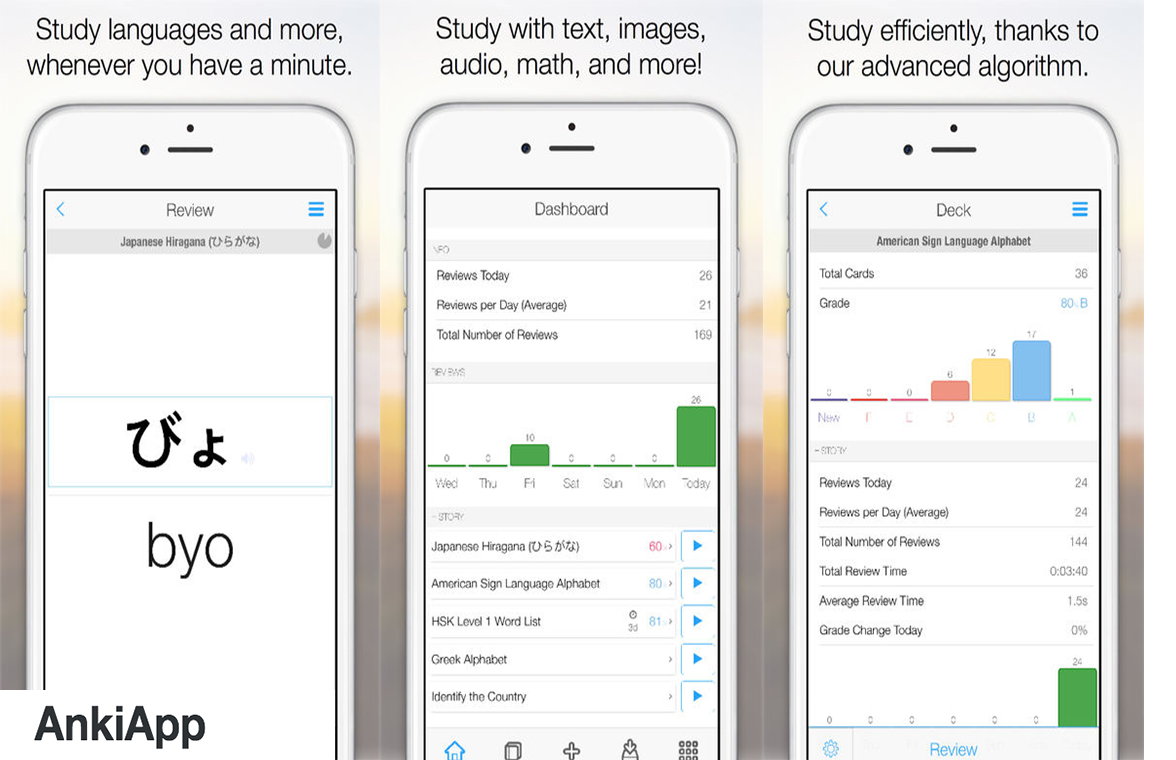
Personalized learning experience
Anki customizes your study sessions based on your learning pace. The spaced repetition system ensures that you focus on the areas where you're weakest, which is ideal for mastering Japanese vocabulary or kanji. As you advance, Anki learns your strengths and weaknesses, allowing you to concentrate on areas that require more practice. This personalized approach is one of the reasons why learning Japanese with Anki is so effective.
Drawbacks of Using Anki
Steep learning curve
While Anki learn Japanese is a powerful tool, its interface is not as polished as some modern apps, and the initial setup can be somewhat intimidating for new users. The process of creating and customizing flashcards takes time, so it may take a while before you feel comfortable using the app.
Basic interface design
Although Anki is incredibly functional, its user interface is often considered outdated and not as visually appealing as other learning apps. This can make navigation a bit challenging for those accustomed to sleeker, more modern designs.
Download the Anki app to learn Japanese
If you prefer learning on-the-go, Anki offers mobile versions tailored for iOS and Android. Here's what you need to know:
- AnkiMobile Flashcards (iOS): This version costs approximately $24.99 and is available on the Apple App Store. It syncs seamlessly with the desktop version, allowing for consistent progress across all devices.
Link download: Click here
- AnkiDroid (Android): This version is free and can be downloaded from the Google Play Store. It offers the same powerful features as the desktop version, with the added benefit of portability.
Link download: Click here
How to Use Anki to Learn Japanese Effectively
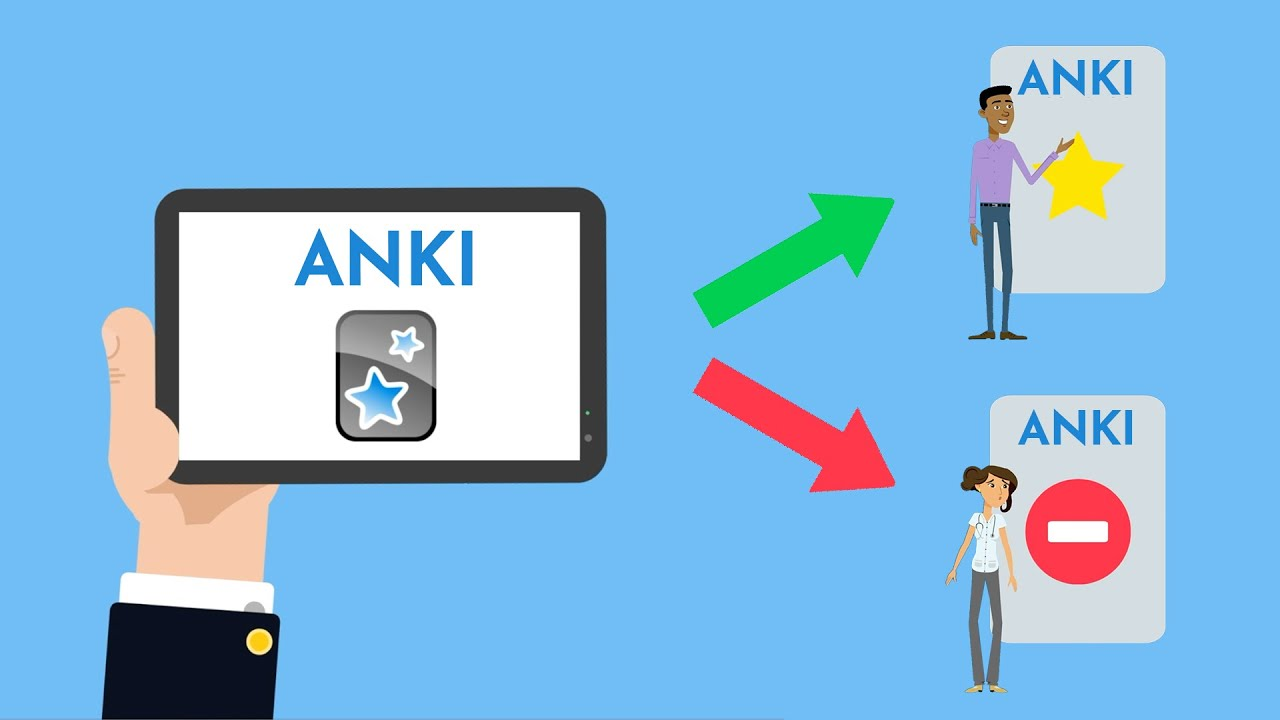
If you're new to Anki Japanese learning, here’s how you can make the most out of the app:
Step 1: Download and Install Anki
First, download the app on your preferred device. For mobile users, you can get AnkiMobile Flashcards for iOS or AnkiDroid for Android.
Step 2: Create or download decks
You can create your own Japanese flashcards or download pre-made decks from Anki’s shared decks section. There are many decks available specifically for learning Japanese, such as Japanese Core 2000 or JLPT Vocabulary decks.
Step 3: Start learning with flashcards
Study your flashcards regularly, making sure to mark them according to how easy or difficult they are to remember. The algorithm will automatically adjust the review intervals based on your performance.
Step 4: Stay consistent
The key to mastering Japanese with Anki is consistency. Set aside time each day to review and add new flashcards. Over time, you’ll find that you can recall Japanese words, kanji, and grammar points with ease.
Step 5: Review and Optimize
Regularly check your flashcards to see which ones need more practice and which ones you’ve mastered. You can adjust the frequency of reviews based on your comfort level with the material.
In conclusion, incorporating Anki into your Japanese learning routine can significantly enhance your progress. By utilizing its spaced repetition system, you can retain vocabulary, grammar, and kanji more effectively. Whether you’re just starting or looking to refine your skills, Anki provides a flexible and powerful tool to help you stay consistent and motivated. Start using Anki for Japanese learning today, and watch your proficiency grow steadily over time.

